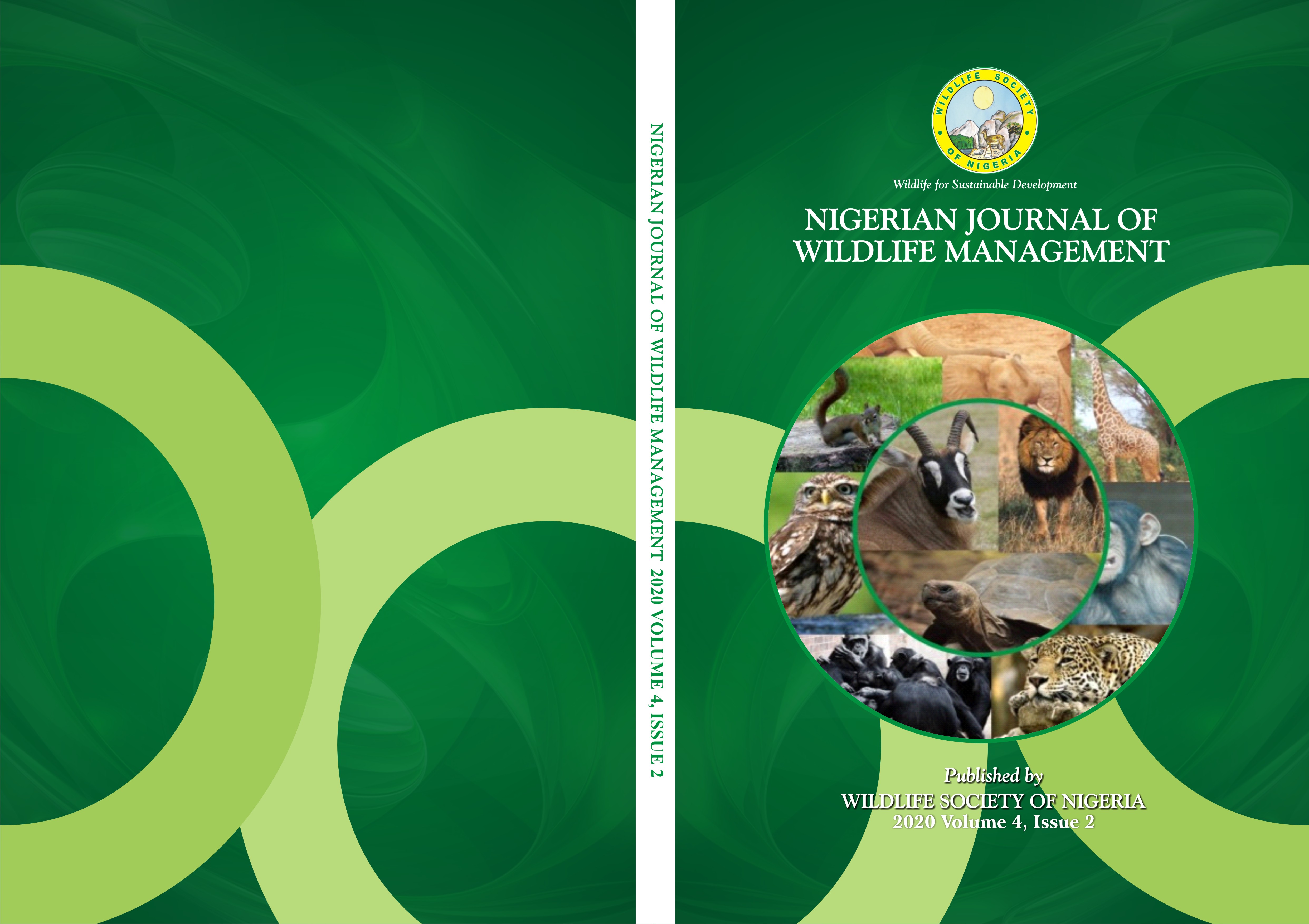Studies on Thonningia sanguinea Vahl.: Reproductive Phenology, Sex Ratio and Insect Visitors in Okomu National Park, Nigeria
Keywords:
cryptic,, parasitic plant, phenology, pollination,, sex ratio,, Thonningia sanguineaAbstract
The present study investigated the phenology, sex-ratio, and potential pollinators of Thonningia sanguinea in Okomu National Park, southern Nigeria. Data were collected through regular visits to sites habouring the plant. Results show that T. sanguinea flowers all-year-round, with varying frequencies across different months of the year. A significant correlation (r=0.917; p=0.000) was observed between the frequency of flowering and rainfall. Overall, the incidence of female plants surpassed male plants by approximately a 2:1 ratio. Also, 71 % of the sites had only a single-sex type, i.e either male or female inflorescence, while 29 % of the sites had both male and female inflorescences. The ant Technomyrmex species were the most common floral visitors, accounting for a 55.54 % frequency of occurrence. Consequently, the lengthy reproductive phenology period and persistent interactions with a diverse faunal species indicate T. sanguinea as a keystone species in forested habitats and it is recommended that such habitats should be treated as an area
of importance for biodiversity conservation

